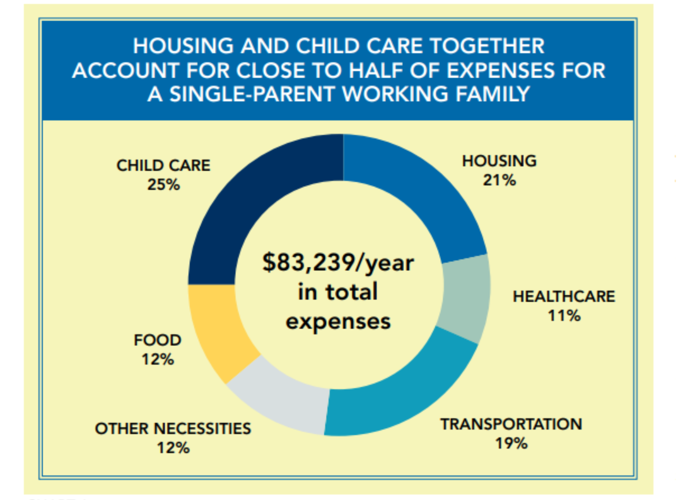New Report Suggests Ohio Requires a Paid Family Leave Policy
A new report recommends introducing a comprehensive paid family leave policy in Ohio, asserting its positive implications for families, businesses and the economy. Printed by nonpartisan organization Groundwork Ohio, the report highlights the myriad benefits offered by such a policy, including improved health outcomes for mothers and babies, reduced stress, and economic stability. However, the fact remains that 76 percent of Ohioan workers are employed in jobs that do not offer paid family leave.
Groundwork Ohio developed this report by analyzing data and research, and taking feedback from families and stakeholders across the state. Notwithstanding the federal law that mandates 12 weeks of unpaid leave for certain familial and medical issues, the report postulates that an inclusive paid family leave policy in Ohio would enhance maternal and infant health, secure economic sustenance for families, foster female employment, and stimulate the state’s economy.
The report also addresses the concerns of business leaders, particularly from small companies, regarding the financial feasibility of paid family leave and potential workforce disruptions due to parental absence. State Rep. Willis E. Blackshear, Jr., advocates for the state mandate for paid family leave and setting reasonable criteria for businesses that are required to follow the order. The report underlines the vital association between paid family leave and affordable childcare in Ohio, especially for Black and Hispanic families.
Undoubtedly, paid family leave facilitates female participation in the workforce, benefiting businesses that have been grappling with the need for skilled labor. This ripple effect also boosts overall wages and state tax revenues. Furthermore, the necessity for public assistance to families is curtailed when a parent must withdraw from work to take care of a child.
Despite the progressive Family and Medical Leave Act (FMLA), signed by President Bill Clinton in 1993, which allows workers to avail up to 12 weeks of unpaid, job-protected leave for certain family and medical reasons, there is no law that requires companies to pay employees who take the leave. Moreover, this federal law applies only to employers who have over 50 employees and who have been in the company for at least a year.
In summary, this report firmly underscores the need for a comprehensive paid family leave policy in Ohio. With 21 states and District of Columbia having already enacted paid leave laws, it is high time for Ohio to follow suit to ensure enhanced health outcomes, financial stability, and broader workforce participation. If you are an Ohio resident affected by this situation and wish to know more about Paid Family Leave, one of the ways you can get help is by reaching out to the proper channels. You can also get information via eddcaller.com, a platform that equips you with resources on how to get a hold of Paid Family Leave by contacting the right personnel and understanding the process related to your specific needs.
